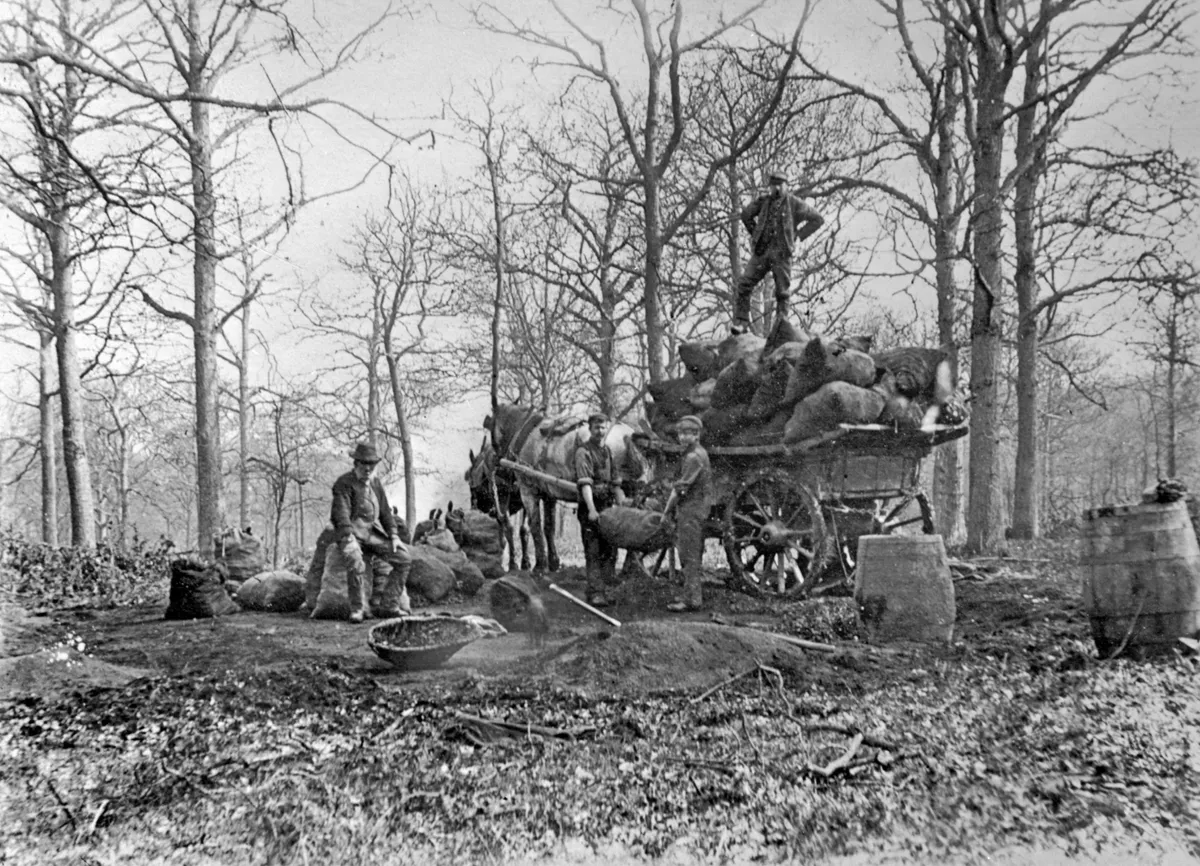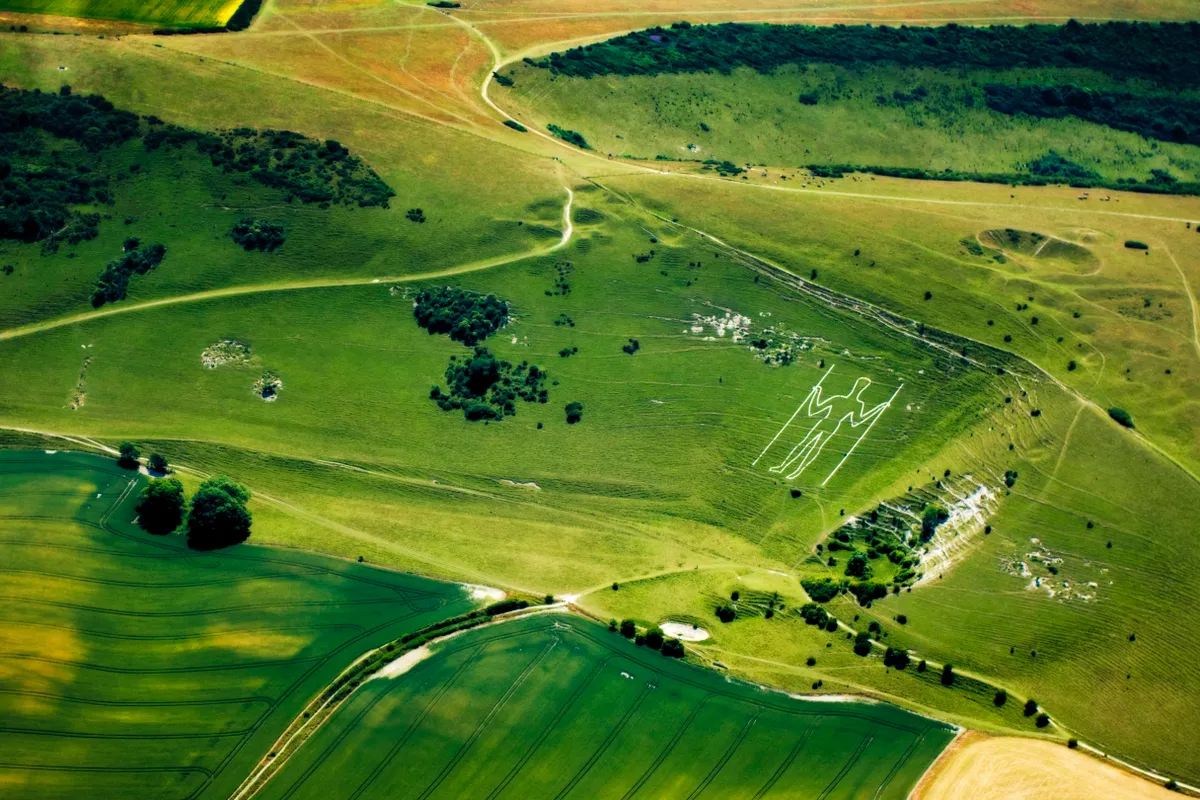Enjoy a day out in Friston Forest, an 80 year old woodland planted by the Forestry Commission in Sussex.
At only around 80 years old, Friston Forest is not an ancient wood, nor is it a royal hunting ground in the feudal forest-law sense, as established by William the Conqueror.
Friston Forest was newly planted in the 1930s and 1940s as part of the Forestry Commission’s remit to boost the amount of woodland in Britain and counter the then-precarious reliance on imported timber, especially in times of international strife.

At 850 hectares, it is the largest area of recently planted woodland in Sussex. But what it might lack in antediluvian grandeur, the forest makes up for in cool, calm, undulating quietude. Originally interspersed with blocks and rows of dense conifers to protect the broadleaf saplings, most of the Norway spruces and Corsican pines have now been cleared, leaving an open woodland with a light airy understorey.

Chalk above the trees
Criss-crossed with endless paths and tracks (including a branch of the South Downs Way), it is easy to plot a unique twisting and turning route through the beech trees, up past Beggar’s Croft (an old field name dating from at least an 1840s tithe map), Middle Brow, Long Brow, and Snap Hill. The northern neck of the woods has broad drove paths, now grazed again to encourage chalk downland plants.
An adventurous wander leaves the forest here to cross the gorse- and heather-strewn Lullington Heath, visiting the Long Man, carved in the chalk scarp of Wilmington Hill 3km away. The southern edge of the forest, bounded by the busy A259, is windswept, with the salt-laden air fresh off the seas clipping the trees into swept-back sculptural shapes – hunched over, hunkering down against the wild weather.

Heading back, skirt along the top of the steep edge of Charleston Bottom. Named for the old manor nearby on the banks of the River Cuckmere (and not to be confused with the Bloomsbury Group’s Charleston Farmhouse near Firle charleston.org.uk), the grazed chalk downland hillside is rich in limestone-loving plants, and is reputed to be the only East Sussex habitat for the Roman snail Helix pomatia, though it hasn’t been seen here for nearly 45 years.
Views back across the Cuckmere river show the Litlington White Horse on the hillside of High-and-Over. Like Friston Forest, this is a ‘modern’ creation, cut originally during the 19th century and thought to have commemorated the coronation of Queen Victoria.
Useful information
For car parking, opening times, facilities and access, visit www.forestryengland.uk/friston-forest
